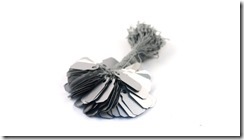There are numerous types of stone settings in making diamond jewelry. Add to it the complexity of patterns, details – like color and clarity, and metal choices. This enables the unending possibilities of diamond setting types in a jewelry designs, and hence a sea of jewelry designs.
While buying diamond jewelry, one can get easily overwhelmed by the infinite buzz words, including the most famous one “SOLITAIRE” – the only thing a women wants as her wedding or engagement ring. Do you want to know what does it mean? And what are the other types available in market? Well, I won’t be able to list of them right here – but let’s discuss the most famous ones.
SOLITAIRE
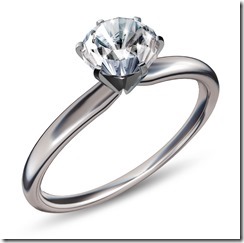
The most common engagement or wedding ring type these days is SOLITAIRE. Solitaire is synonym of “a single stone.” In this diamond setting style, the head of the ring secures the diamond, and prongs allow the diamond to catch the most light. Although four-prong setting shows more of the diamond, but a six-prong setting is often considered to be more secure. So while purchasing a solitaire, check the number of prongs in the setup – in addition to diamond purity, and clarity  .
.
SIDESTONES
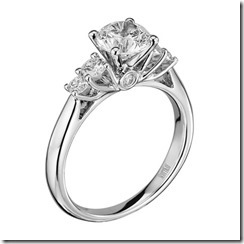
In the SideStone diamond setup, there is one big diamond in the center, and diamond or other gemstones flank the main stone for additional sparkle or color. There are further sub-types in SideStone category like:
Channel – Protects the side stones by keeping them flushed.
Bar-Channel – Allows more light to enter the side stones.
THREE STONE
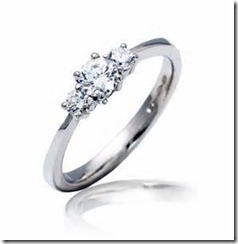
As the name suggest, this setup of diamond stones has three diamonds. The center one is the biggest of the three. It is generally said that these three diamonds represent the cycle of time. One diamond represents PAST, one PRESENT, and the last one represents FUTURE.
PAVE (PAH-VEY)
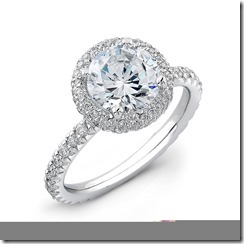
In this diamond setup type, main diamond is surrounded by many tiny diamonds. This adds sparkle to the piece, and creates an illusion of greater size,
Hope this blog was informational and helped you to understand the diamond setup so that you can speak about it with confidence!
Feel free to leave a comment below or email us at contact@GlamorizeYourself.com if you have any questions or feedback.
